Best
Versatile Mandolin Strings
-
Overall: Long-lasting durability for extended playing sessions
-
Best Feature: Phosphor bronze construction for warm and bright tone
-
TedScore™: 9/10
Best
Overall Mandolin Strings
-
Overall: Exceptional Sound Quality with Rich Bass and Clear Highs
-
Best Feature: Loop-end Construction for Easy String Installation
-
TedScore™: 10/10
Best
Budget-Friendly Mandolin Strings
-
Overall: Long-lasting, thanks to the phosphor bronze coating
-
Best Feature: Precision wound for excellent intonation and durability
-
TedScore™: 9/10
Curious about the number of strings on a mandolin? You’re in good company!
Whether you’re new to mandolin music or just refreshing your knowledge, you’re in the right place.
Most mandolins have eight strings arranged in four pairs called courses. This setup gives the mandolin its bright and resonant sound, making it fascinating for musicians of all levels.
In this article, I’ll guide you through the different types of mandolins and their string configurations. Keep reading, and let’s explore the enchanting world of mandolins together!
How Many Strings Does a Mandolin Have?
If you’re new to the mandolin, you might be curious about how many strings it has. The answer can change based on the type of mandolin you have.
Most mandolins have four pairs of strings, for a total of eight strings. However, other types use different numbers of double strings.
Here’s a list of the different kinds of mandolins and how their strings are arranged:

FOUR-STRING MODELS
These mandolins are tuned in fifths and include the Brescian and Cremonese.

SIX-STRING TYPES
These mandolins are tuned in fourths, including the Milanese, Lombard, and Sicilian.

SIX-COURSE INSTRUMENTS
These mandolins have 12 strings, with two strings per course. The Genoese is an example of a six-course mandolin.

TRICORDIA
This mandolin has four triple strings, making a total of 12 strings.
If you’re starting with the mandolin, it’s important to know the right number of strings for your instrument. This can help you achieve the best sound and play the correct notes.
In general, most beginners start with a standard eight-string mandolin.
As you become more experienced, you may want to experiment with different types of mandolins and configurations to find the one that best suits your playing style and musical preferences.
Types of Mandolin Strings

When picking the right strings for your mandolin, there are a few types to consider. The most common mandolin strings are steel, phosphor bronze, and silk & steel.
Each type of string has unique traits that can change the sound and tone of your instrument.
- Steel strings are the most popular and are known for their bright, clear sound. They’re also strong and last long, making them great for players who want a reliable and consistent sound.
- Phosphor bronze strings have a warmer and more mellow tone than steel strings. They’re also softer and easier on the fingers, making them suitable for beginners or players who like a more laid-back sound.
- Silk & steel strings are a mix of steel and nylon strings. They have a softer, warmer sound than steel strings but are still brighter and clearer than nylon strings.
Choosing the Right Strings for Your Mandolin

Know Your Mandolin: Before jumping into the world of strings, it’s important to know your instrument. Think about the sound you want, the music you play, and your style. Mandolins come in different sizes and styles, like A-style, F-style, and bowl-back mandolins. Each type of mandolin might have its favorite strings.

String Gauges: Mandolin strings come in different thicknesses, called gauges. Lighter gauge strings are easier to play, while heavier gauges give a richer and louder sound. Common gauges for mandolins are light (.010-.034), medium (.011-.040), and heavy (.012-.042). Try different gauges to find the one that fits your playing style and desired sound.

String Materials: Mandolin strings are made from steel, phosphor, bronze, and nickel. Each material produces a slightly different sound. Steel strings are usually bright and powerful, while phosphor bronze gives warmth and richness. Nickel strings are a mix of brightness and warmth. Consider trying different materials to find the one that works best with your playing style and desired sound.
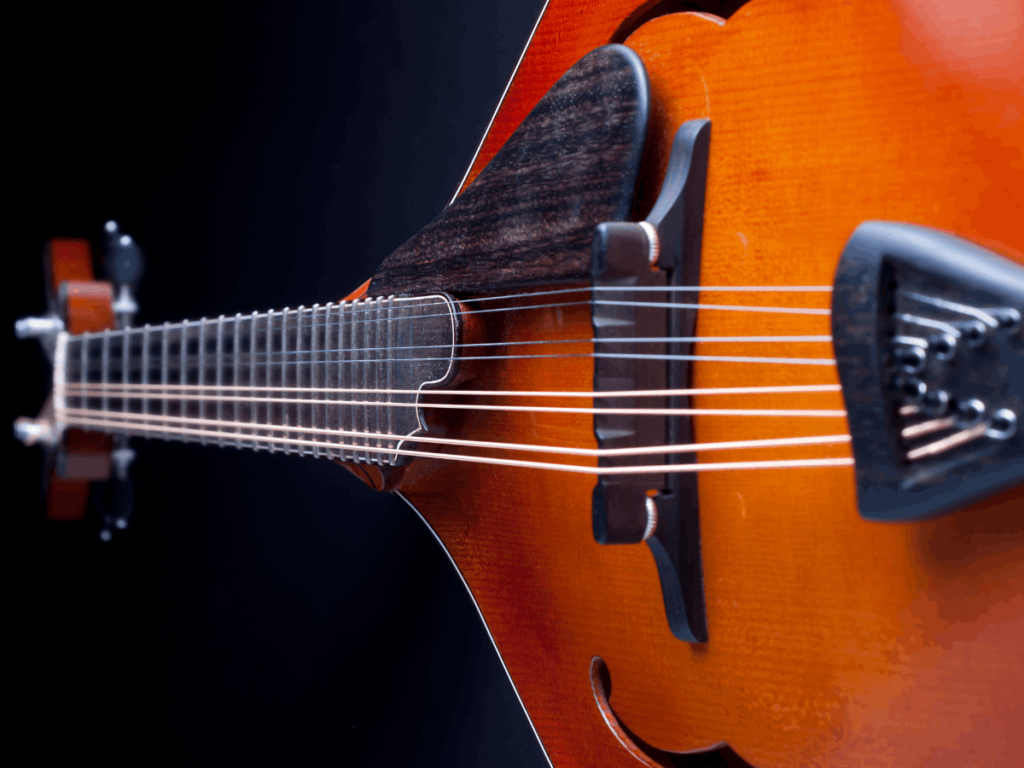
Wound vs. Plain Strings: Mandolin strings usually have four plain strings (E, A, D, and G) and two or three wound strings (usually the A and sometimes the E). Wound strings are wrapped with a thin metal wire, which makes them stronger and changes their sound. The choice between wound and plain strings is up to you. Some players like the smoother feel and longer sound of wound strings, while others enjoy the snappy sound of plain strings.
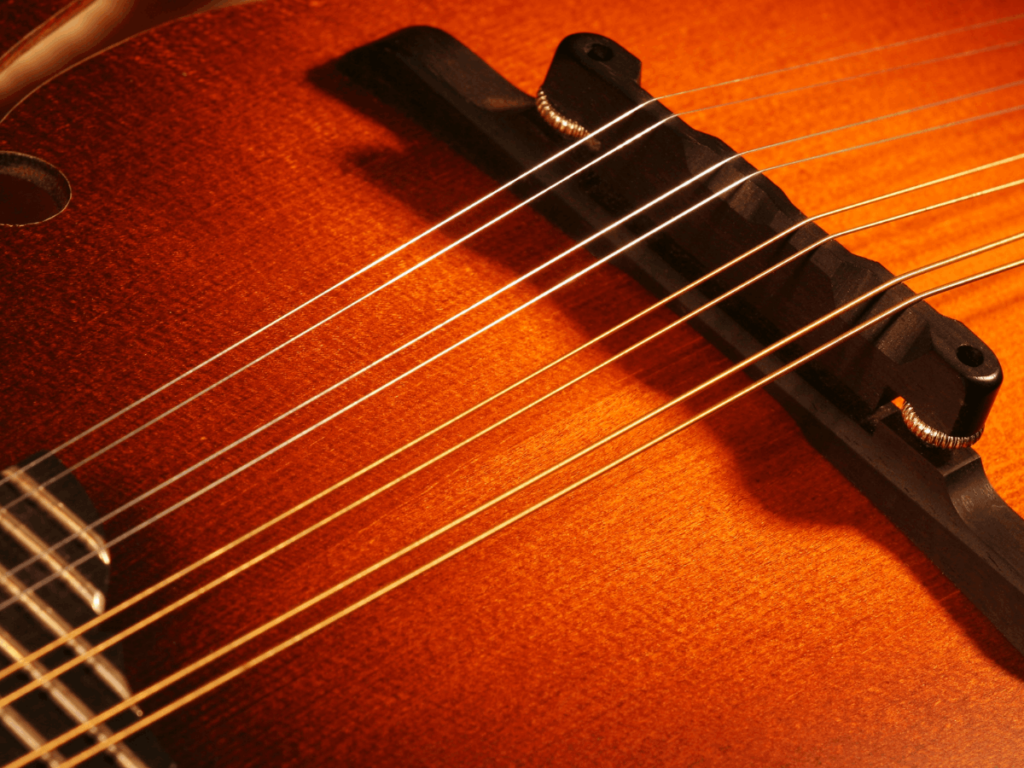
Coated Strings: Coated mandolin strings have a thin layer of polymer coating that protects against corrosion and extends their lifespan. This can be particularly useful if you live in a humid environment or tend to play frequently. Coated strings maintain their bright tone for a more extended period, but they can be more expensive. If you’re willing to invest a little more, coated strings might be worth considering.

Experimentation: The world of mandolin strings is diverse, and there is no one-size-fits-all solution. It’s important to experiment with different brands, materials, and gauges to find the perfect set of strings for your mandolin. Don’t be afraid to ask for recommendations from fellow mandolin players or music store professionals. Trying out new strings can be an exciting journey that helps you discover your instrument’s true potential.
Our Recommended Mandolin Strings
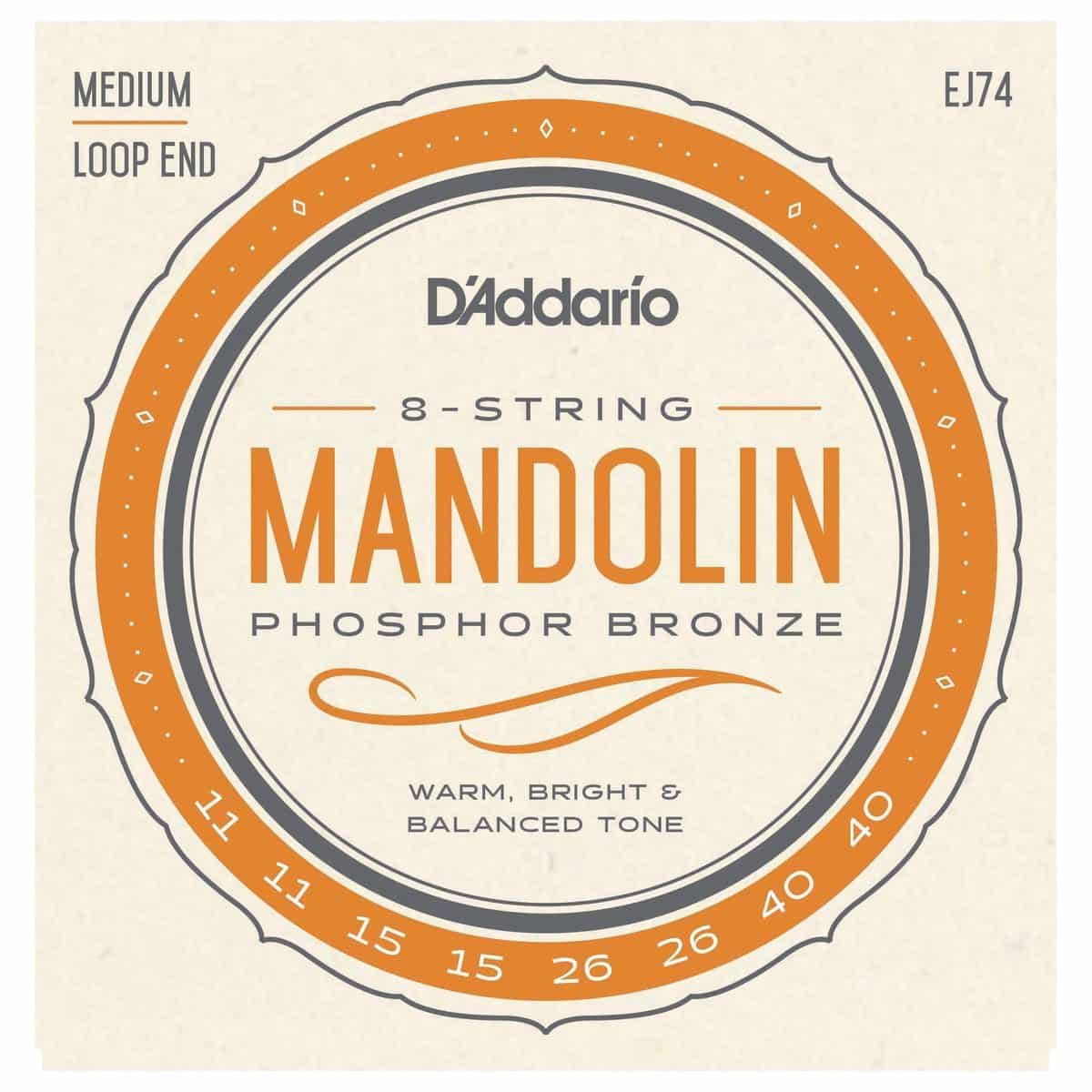
FEATURES: Hex core for increased stability and tuning accuracy
OTHER INFO: Phosphor bronze construction for warm and bright tone
D'Addario EJ74 Phosphor Bronze Medium 11-40 Mandolin Strings
When you check the price above, you’ll see there are loads of great places to buy this item. Our personal favorite is Gear4music.
It is the largest music retailer in the UK and fast becoming the most respected online music shop in the US too. Their customer service is excellent, they have competitive prices, really fast shipping, and usually have the longest guarantee.
Most professional musicians use Gear4music, so there is no reason why you shouldn’t too!
- Vibrant tone that cuts through in any musical setting
- Excellent intonation and tuning stability
- Long-lasting durability for extended playing sessions
- Slightly higher price point compared to entry-level mandolin strings
The professional musician who wrote this article combined many things,
from the product build, manufacturer’s reputation through to feedback
from other users, to create our famous TedScore™.

FEATURES: Made from phosphor bronze for a rich, warm tone
OTHER INFO: Precision wound for excellent intonation and durability
Ernie Ball Earthwood 2065 Mandolin Medium Set
When you check the price above, you’ll see there are loads of great places to buy this item. Our personal favorite is Gear4music.
It is the largest music retailer in the UK and fast becoming the most respected online music shop in the US too. Their customer service is excellent, they have competitive prices, really fast shipping, and usually have the longest guarantee.
Most professional musicians use Gear4music, so there is no reason why you shouldn’t too!
- Balanced and consistent tone across all strings
- Easy to bend and play with smooth action
- Long-lasting, thanks to the phosphor bronze coating
- Slightly higher price compared to other string sets
- May take some time to break in and settle into the desired tone
The professional musician who wrote this article combined many things,
from the product build, manufacturer’s reputation through to feedback
from other users, to create our famous TedScore™.

FEATURES: Loop-end Construction for Easy String Installation
OTHER INFO: Corrosion-resistant Coating for Long-lasting Performance
Martin M400 Mandolin 80/20 - Bronze Wound
When you check the price above, you’ll see there are loads of great places to buy this item. Our personal favorite is Gear4music.
It is the largest music retailer in the UK and fast becoming the most respected online music shop in the US too. Their customer service is excellent, they have competitive prices, really fast shipping, and usually have the longest guarantee.
Most professional musicians use Gear4music, so there is no reason why you shouldn’t too!
- Exceptional Sound Quality with Rich Bass and Clear Highs
- Excellent Projection for Live Performances
- High-quality Materials for Durability
- Slightly higher price point compared to other mandolin string
The professional musician who wrote this article combined many things,
from the product build, manufacturer’s reputation through to feedback
from other users, to create our famous TedScore™.
Changing Mandolin Strings
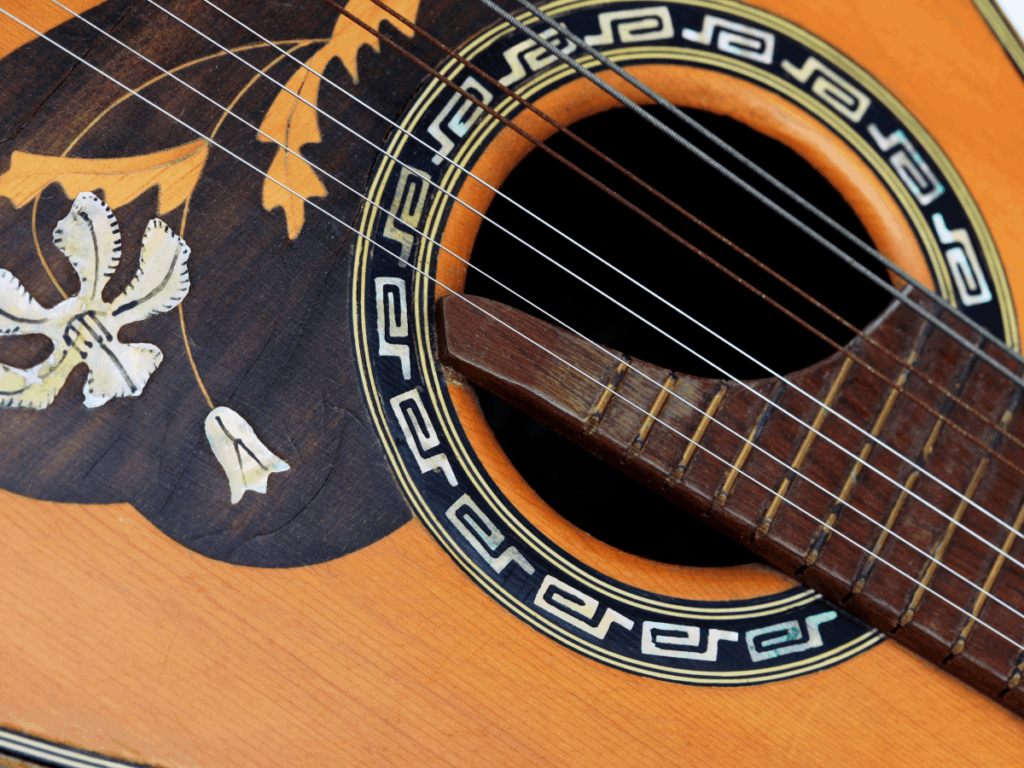
Changing strings can seem daunting if you’re new to playing the mandolin. However, it’s essential to maintain your stringed instruments and ensure they sound their best.
Here’s a step-by-step guide to changing mandolin strings and some tips to make the the process easier and avoid common mistakes.
Step-by-Step Guide to Changing Mandolin Strings
- Gather your tools: You’ll need a pack of mandolin strings, wire cutters, and a tuner.
- Loosen the strings: Use the tuning knobs to remove the strings from the mandolin.
- Remove the old strings: Use wire cutters to snip the strings at the bridge and remove them from the tailpiece.
- Clean the mandolin: Take this opportunity to clean your mandolin. Use a soft cloth to wipe down the body and neck.
- Install the new strings: Starting with the thinnest string, thread it through the tailpiece and the bridge. Wind it around the tuning knob and tighten it.
- Repeat for all strings: Repeat the process for each string, working from the thinnest to the thickest.
- Tune the mandolin: Use a tuner to tune your mandolin to the desired pitch.
Tips for Making the Process Easier and Avoiding Common Mistakes
- Change your strings regularly: Changing your mandolin strings every 3-6 months is recommended, depending on how often you play
- Use the right strings: Make sure you’re using the correct strings for your mandolin. Different types of mandolins require different types of strings.
- Stretch your strings: After installing new strings, stretch them gently to help them settle into place and stay in tune.
- Don’t over-tighten: Be careful not to over-tighten your strings, as this can cause damage to your instrument.
- Take your time: Changing mandolin strings can be time-consuming, so don’t rush it. Take your time and be patient.
By following these steps and tips, you can easily change your mandolin strings and keep your instrument in top condition.
Keeping Your Mandolin Strings in Good Condition

How often you should change your mandolin strings depends on how much you play and how much wear and tear they get. Here are some general rules:
- If you play your mandolin often, you should change your strings every 3-4 months.
- If you don’t play your mandolin often, you can change your strings once or twice a year.
There are a few reasons why it’s essential to change your mandolin strings regularly:
- Old strings can sound dull and lifeless, affecting your instrument’s sound.
- Old strings can also be harder to play because they might have lost some tension and responsiveness.
- Old strings are more likely to break, which can be dangerous if they snap while you are playing.
How Many Strings Does A Mandolin Have?
Summary
Mandolins usually feature eight strings grouped into four pairs called courses. Each pair is tuned in unison, making the mandolin’s sound vibrant.
Here’s a quick breakdown:
- Standard Tuning: G3, D4, A4, E5 (like a violin)
- Common Variants: Five and six-course mandolins exist
While the classic eight-string mandolin is most common, these variations add exciting twists to the instrument’s history. The double strings make the sound louder, which is important before electric amplifiers.
For string materials, steel strings are the most popular because they’re strong and affordable. This makes them a favorite among players.
Knowing how the mandolin is built helps us understand why it’s so popular and versatile. It’s a small instrument with a big personality.
The mandolin keeps charming musicians and listeners with its unique musical sound. Amazingly, such a small instrument can have a complex and rich voice.
So, whether you’re a bluegrass player or a classical musician, a mandolin is perfect for you.
Keep on strumming and exploring the world of mandolin strings!
Before you go…
Take a look at my new dedicated article: Tuning A Mandolin
FAQ's
As a member of the lute family, the mandolin usually has eight strings, distinguishing it from other string instruments such as the guitar and violin. But there are also mandolins with 4, 6, 10, and 12 strings.
Both mandolin and guitar are challenging musical instruments to learn. Still, it’s difficult to compare the difficulty of playing them as it depends on the individual’s experience and skill level.
However, the mandolin has a shorter scale length and a different tuning than the guitar, which may require some adjustment for guitar players.
A 12-string mandolin is called a mandolin-banjo or a banjolin. It’s a hybrid instrument that combines the sound and playability of a mandolin with the resonator and design of a banjo.
A mandolin has 2 sets of strings tuned in unison to create a fuller, brighter sound. Each set of strings is tuned to the same pitch, but the second set adds more volume and sustain to the instrument’s overall sound.
A mandolin typically has eight strings, arranged in four pairs called courses.



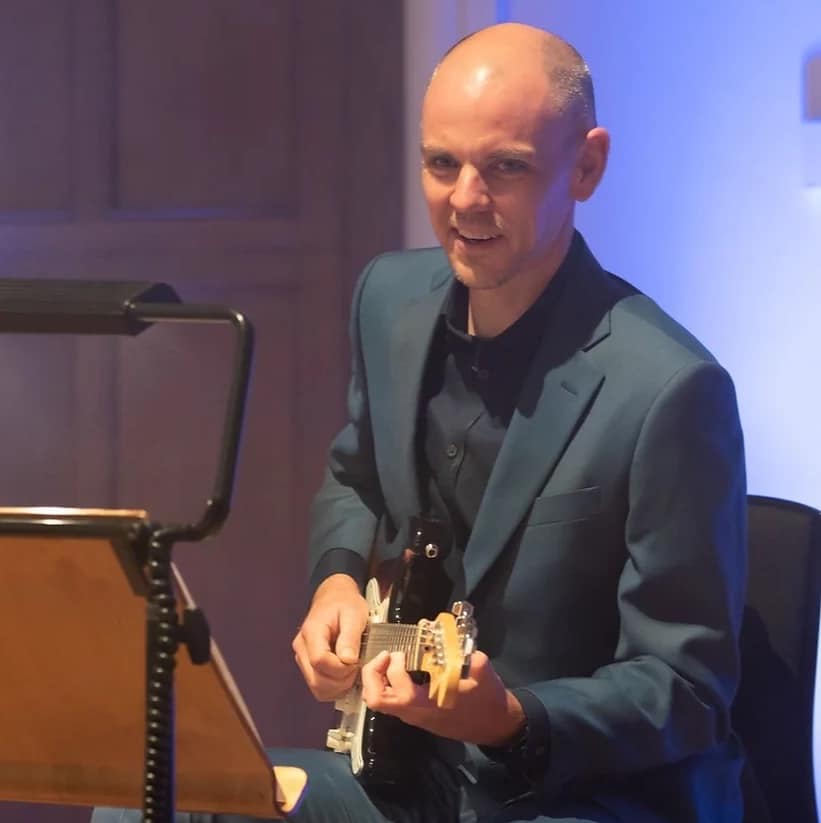






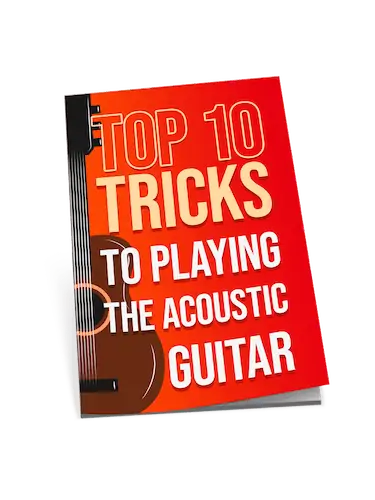
so you’re telling me if i change the strings on the old mandolin in my attic, it won’t instantly make me a pro? shocking revelation here folks
While the historical origins of the mandolin intrigued me greatly, I couldn’t help but reflect on the evolution of musical instruments as a reflection of cultural synthesis and exchange. The mandolin, with its roots possibly tracing back to the lute or even the older oud, represents a fascinating journey through time and geography, adapting and changing with each cultural interaction. It’s a testament to human creativity and our relentless pursuit of expression through music. A deeper dive into its ancestry and historical contexts might reveal not just the story of an instrument but of humanity itself. Does anyone else find this as captivating?
Interesting take on string types, Lewis Turner. However, I believe that the choice of strings is more nuanced depending on the music genre you’re playing. For example, bluegrass players might prefer medium gauge for that punchy sound. Wouldn’t you agree that it’s less about the ‘right’ strings and more about the ‘right fit’ for an individual’s style and genre?
hey, just got my first mandolin and was wondering if there’s a best type of string for beginners? not sure what came with it but they seem kinda tough on my fingers lol. any advice would be cool, thanks
felt that, my ukelele strings were like that too. gets better tho!
Maggie, for beginners, I recommend light gauge strings. They’re easier on your fingers while you’re still learning. Keep at it!